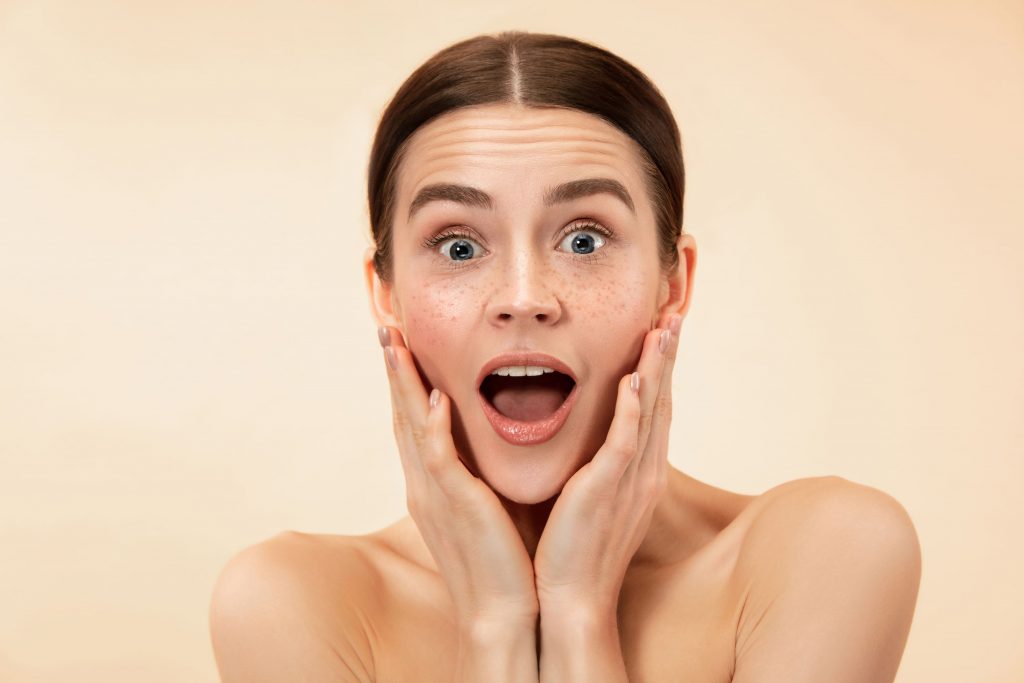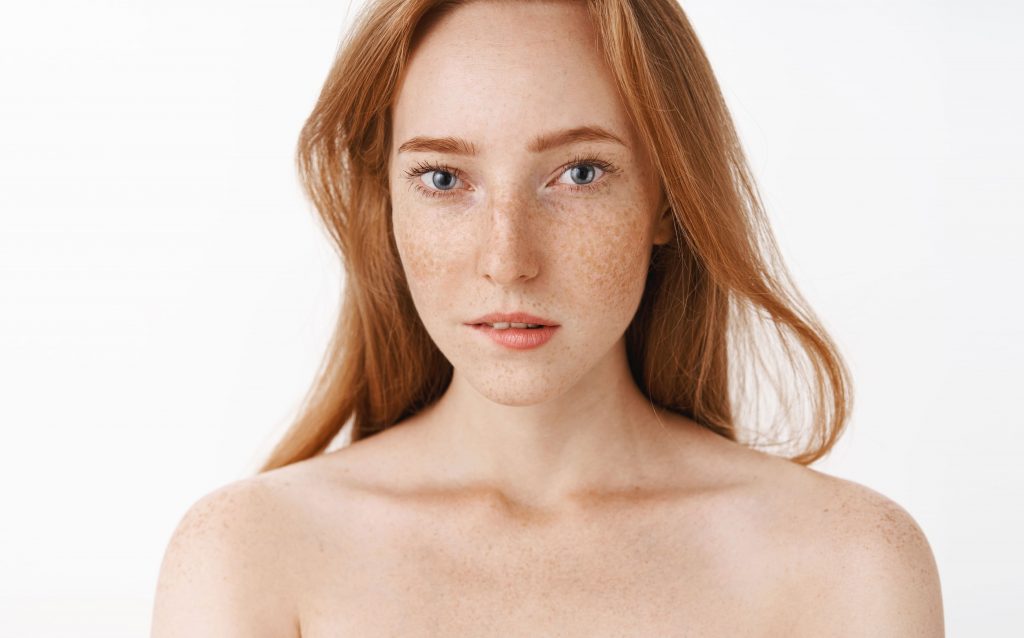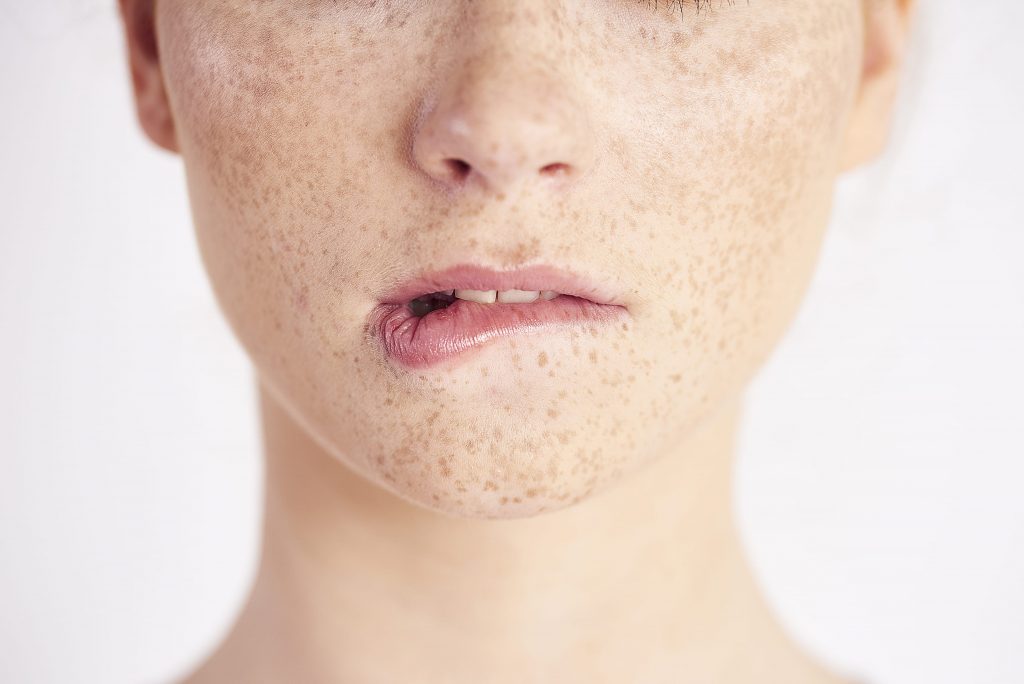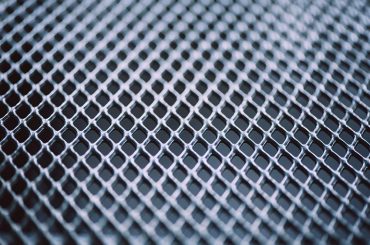With the Australian summer months upon us, the draw of the barbecues, beach, and outdoor events gets stronger! As we know, one of the main causes of pigmentation is exposure to ultraviolet (UV) light, so how can you still enjoy your sunniest months while undergoing melasma treatment or trying to minimise flare-ups.

What Is Melasma?
Melasma is patchy, brown hyperpigmentation on the face and neck (and sometimes the chest and arms) that can be psychologically debilitating. It is more common in females, people with darker skin tones (people of African, Asian, Indian, Middle Eastern, Mediterranean, or Latin American descent all have the highest chances of developing melasma), and it can run in families. Unlike chronic hyperpigmentation from the harsh Australian and New Zealand sun, which appears as random spots or freckles, melasma often appears in symmetrical patterns. It appears on different areas of the face, including the forehead, eyebrows, cheeks, chin, nasolabial folds, upper lip, earlobes, or medial canthal lines.
What Causes Melasma?
- Sun exposure: This is the main reason that people develop hyperpigmentation resulting from melanocyte stimulation.
- Melanocytes: The cells in the skin and eyes responsible for producing melanin. High concentrations or hyper-activation create patches of darker skin.
- Hormonal changes: Melanocytes can misbehave under the presence of hormonal changes or imbalances, including thyroid dysfunction. Similarly, menopause, birth control pills, and cosmetics affecting estrogen and progesterone have been linked to this condition. Genetics plays a big role in this as well; of all cases, about 50% of them can be attributed to genetic history.
- Pregnancy: Sometimes called the ‘mask of pregnancy’, melasma can develop due to the hormonal changes brought about by pregnancy.
- Contributing diseases: Hyperpigmentation can be caused by other diseases such as Addison’s, hemochromatosis, and lentigines.
Melasma Treatment
Melasma treatments include brightening and fading active ingredients, hydroquinone, topical retinoids, and chemical peels. In addition, certain in-clinic laser, and light therapies have been shown to be safe and effective treatments, all of which can continue through the summer months as long as sun exposure is minimised.
- Laser Treatment: While laser treatment can be used to melasma in some cases, it should be used with extreme caution to prevent post-inflammatory pigmentation (a darkening of the skin). When other treatments have not been successful, laser treatment can be considered using very low setting Q-switched Nd: YAG lasers or fractional lasers.
- Chemical Peels: Glycolic peels are commonly used to treat melasma. Azelaic acid reduces melasma in darker skin tones with its anti-melanin properties that act on hyperactive melanocytes.
- Light Therapy: This uses heat from intense-pulsed light (IPL) to remove pigment. However, the heat diffuses to the surrounding tissues, possibly resulting in post-inflammatory hyperpigmentation and a potential relapse within three months. Consult your doctor and dermatologist before taking this route.
- Prescription Only Compounded Creams & Serums: Over the last few years, we have seen more and more telehealth providers creating personalised melasma treatments for their patients, like Qr8 MediSkin, based on their lifestyles, and current skincare routines. A discovery questionnaire is followed by an online consultation with a doctor, who will diagnose your skin concerns and help you identify any triggers in your current lifestyle. A prescription-only cream base or serum is then formulated for your needs and delivered to your door.
The Best Active Ingredients In Melasma Treatments
Azelaic Acid: The anti-inflammatory action of azelaic acid, combined with its antibacterial and pore unblocking functions, makes it a great treatment for mild to moderate acne, especially when combined with a prescription retinoid. This variety of actions make azelaic acid a useful topical treatment for melasma and hyperpigmentation.
Hydroquinone: Hydroquinone is the gold standard treatment for pigmentation (especially melasma) when delivered under medical care, as it reduces the formation of melanin in the skin. It inhibits the tyrosinase enzyme which is responsible for melanin production. Hydroquinone is used to lighten dark areas of skin, such as freckles, age spots, melasma, and pigmentation as a result of injury to the skin.
Tretinoin: Tretinoin is a derivative of vitamin A. It is used on the skin (topically) to treat mild to moderate acne and skin damage by excessive sun exposure. It increases the rate at which cells reach maturity and die, therefore quickly replacing the damaged cells with new and healthy ones, free of hyperpigmentation.
Corticosteroids: Some of you may already be familiar with this treatment. Typically, it is used in a variety of ways with the main effect being the reduction of inflammation and immune responses. This is often added to treatment creams to mitigate the more extreme reactions in the body.

How To Prevent Melasma Flare-Ups This Summer
What can you do to make the most of the summer sun? Sunscreen is one of the most overlooked items in the beauty and skincare industry. For those who love spending time outdoors, or even for those who have no choice but to work in the sun, protecting the skin from UV rays is vital.
One of the best management tools for melasma is sun avoidance, which during the summer fun is hard, we know. Hats are in! Find some that you like and pair them with a good sunscreen that contains a physical block of either zinc oxide and/or titanium oxide. Reflection from sand and water means you need to be conscious of light from above and below, so don’t skip the sunscreen just because you are wearing a hat.
A ‘broad-spectrum’ SPF of 30 and above should be your go-to product, and part of your daily skincare routine. Even if the weather is overcast, put on that sunscreen – UVA, and UVB light cuts through cloud cover, and UVB penetrates the water. There is no one sunscreen on the market that can give you total protection, which is why sunglasses, hats, and protective clothing are necessary when the sun is particularly harsh.
To prevent melasma from occurring or reoccurring, we advise that you take extra care when it comes to sun protection, as well as staying away from any sorts of treatments that can cause hormonal imbalances.





